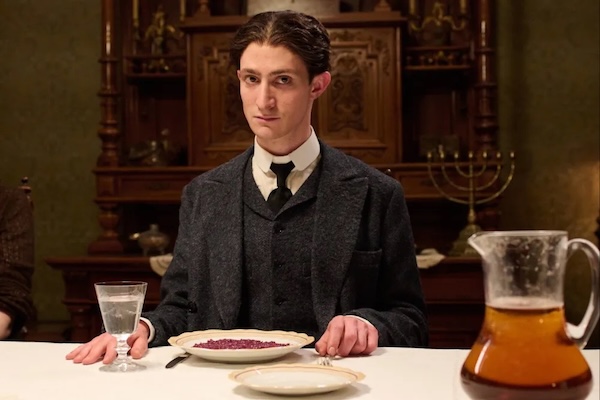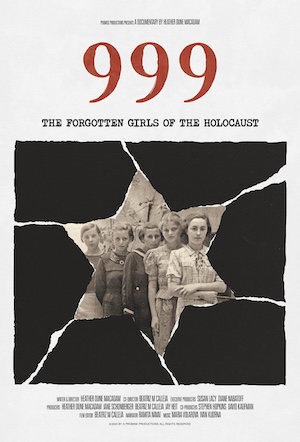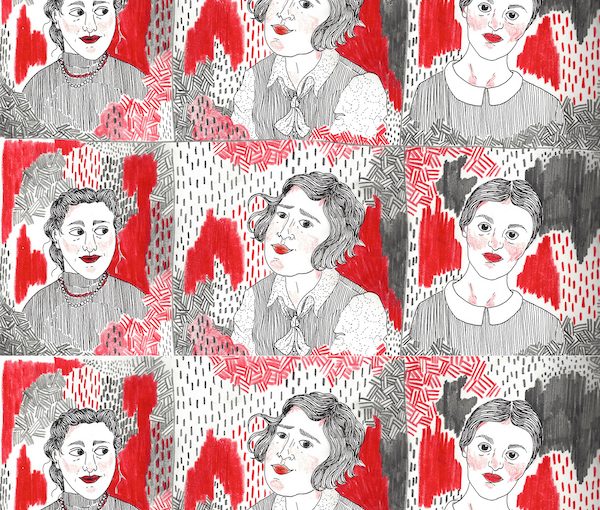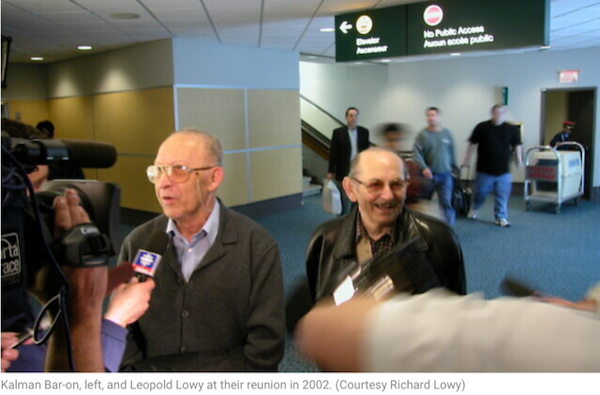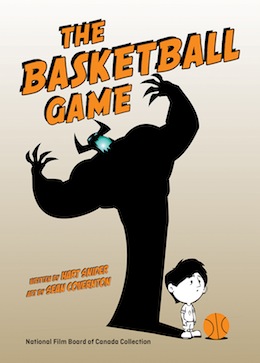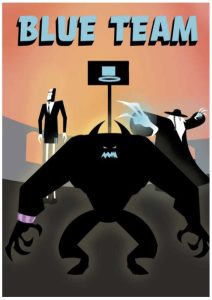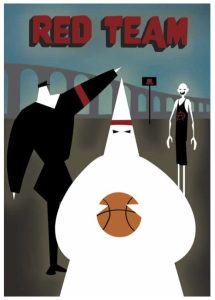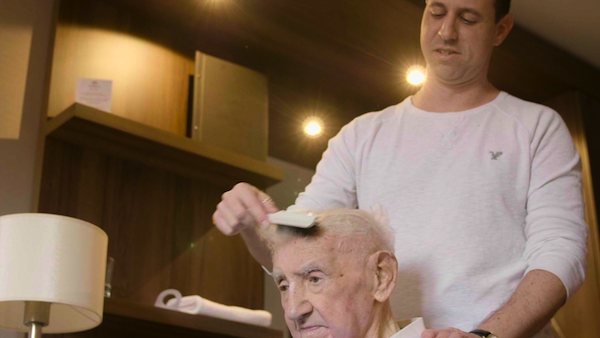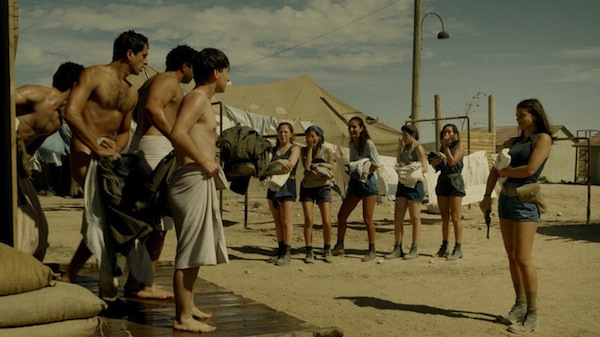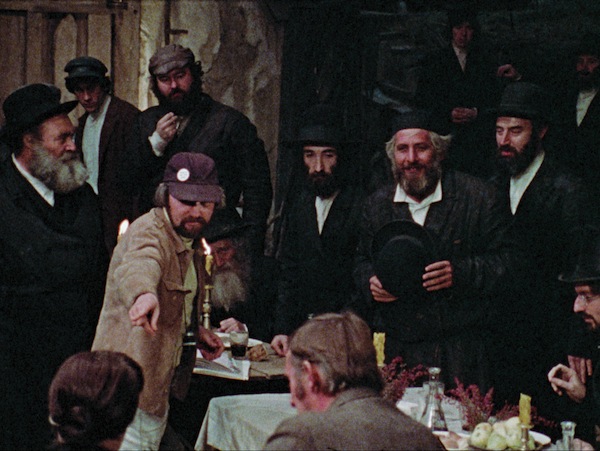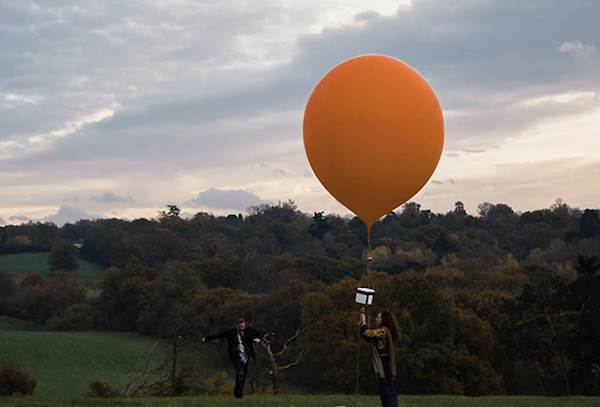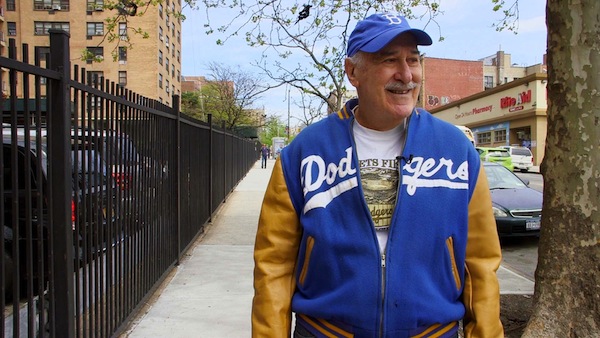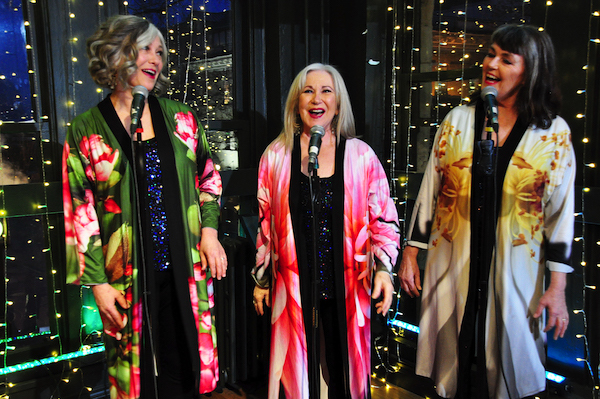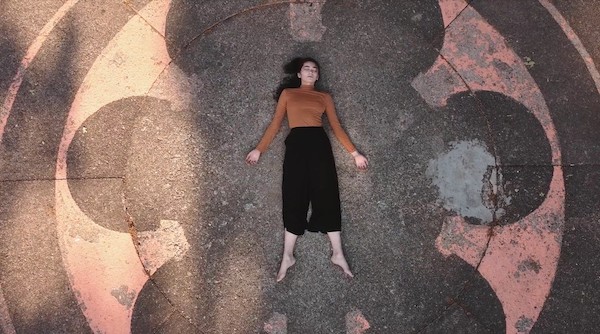Franz stars newcomer Idan Weiss. (photo from lene Film Production)
As it does every year, the 2025 Vancouver International Film Festival, which runs Oct. 2-12, has offerings of particular interest to the Jewish community. Below are the synopses (less some of the hyperbole) from the festival’s website of the three films featuring Jewish content, as well as the three films about Israel, all of which are from Palestine and other countries – there are no films from Israel in this year’s festival. The Jewish Independent, which has been a media partner of the festival for more than 20 years, has chosen to sponsor Franz.
Franz
You don’t need to have read Kafka to know what “Kafkaesque” means – the idea that the world is a nightmare, a sick joke at your expense, continues to resonate a century after the writer died. Franz Kafka’s “uneasy dreams” have inspired filmmakers like Orson Welles, David Lynch, Michael Haneke, Terry Gilliam and Roman Polanski, to name a few, and now director Agnieszka Holland has delivered a biopic that’s Kafkaesque and then some.
Holland blends scenes from Kafka’s life as a German Jew in Austro-Hungarian Prague with dramatizations of his short stories and – at the film’s most surreal – documentary footage of Kafka’s present-day tourist economy (“Who will join me for a Kafka burger?”). Franz (2025) is densely layered but lively, starring newcomer Idan Weiss, whose tragicomic presence suggests a persecuted clown somewhere between Charlie Chaplin and Adrien Brodie.
Franz is in German and Czech with English subtitles, and runs 127 minutes. It screens Oct. 7, 8:45 p.m., at Vancouver Playhouse, and Oct. 11, 3:30 p.m., at Granville Island Stage. (18+)
Orphan
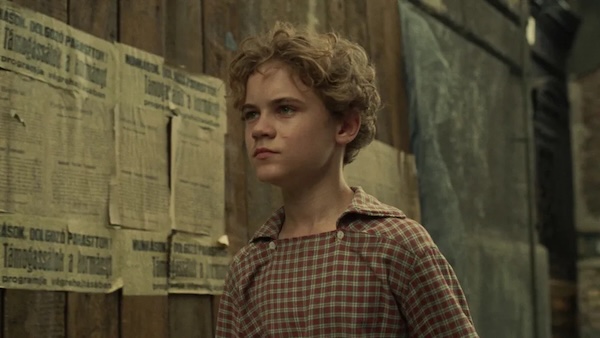
Orphan (2025) is set in communist Hungary in the late 1950s. Conceived during the war and brought up by his mother, Andor (Bojtorján Barabás) is convinced his father will return one day. Instead, another man emerges to stake his claim to both mother and child. Berend (Grégory Gadebois) is a butcher and a gentile and, even worse, a divorcee. Appalled, Andor is determined to save his mother from this brute.
The latest film from Son of Saul director László Nemes builds Andor’s world from the inside out, through the child’s troubled eyes. This personal vision grants us access to the wider history unfolding on the edge of the frame, which Andor barely comprehends: the fallout from the Holocaust, the crushing grip of the communist state.
Orphan is in Hungarian with English subtitles, and runs 132 minutes. It screens Oct. 2, 8:45 p.m., at Fifth Avenue Cinema (19+) and Oct. 4, 6:30 p.m., at International Village 9. (18+)
Cover-Up
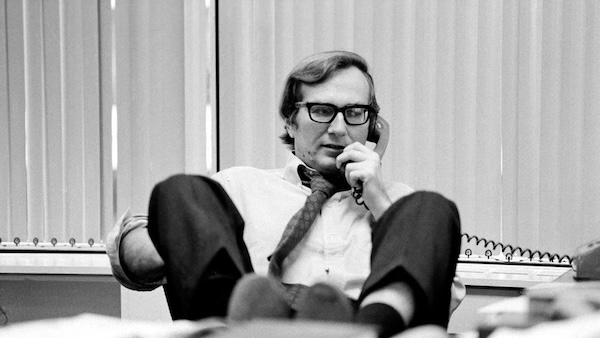
Cover-Up (2025) pulls viewers into the uncompromising ethos of journalist Seymour Hersh. From exposing the My Lai massacre to unraveling CIA abuses and Abu Ghraib atrocities, Hersh has spent decades dragging concealed histories into the light – often at great personal and political cost. In this portrait, Oscar-winning filmmaker Laura Poitras (Citizenfour) and Emmy-winning Frontline producer Mark Obenhaus trace Hersh’s process. “I barely trust you guys,” Hersh quips, establishing a candid and often thorny dynamic between subject and directors.
Cover-Up is a meditation on source protection, moral clarity and the imperative to report when it’s needed most. Its story bridges past and present: Hersh is still reporting, now turning his gaze toward Gaza.
Cover-Up has a content warning for graphic violence. It screens at Fifth Avenue Oct. 11, 5:45 p.m. (19+), and at International Village 10 on Oct. 12, 3:45 p.m. (18+)
Divine Intervention
Palestinian Elia Suleiman is at the height of his powers with this series of deadpan, interconnected, absurdist vignettes about Palestinian life on either side of an Israeli military checkpoint. Mutely following the travails of two lovers – one who lives in Nazareth, the other in Ramallah – as they navigate the wall between them, Divine Intervention (2002) is surreal, satirical and biting in its political criticism. It’s both sad in its vision of the world but also warm in its humour.
All but forgotten from the mainstream filmgoing consciousness, Jacques Tati’s innovations with form and tone have been repurposed by filmmakers as varied as Roy Andersson, Aki Kaurismäki, Ulrich Seidl and, perhaps most of all, Wes Anderson. But Suleiman’s method of feeding the Tati-esque through the prism of Palestinian experience creates something completely new that walks a line between melancholy and absurdity. And what an amazing soundtrack!
Divine Intervention is in English, Arabic and Hebrew with English subtitles, and runs 92 minutes. It screens Oct. 6, 8:45 p.m., at VIFF Cinema, and Oct. 12, 3:45 p.m., at the Cinematheque. (18+)
Palestine 36
Set during the 1936 Palestinian uprising against British colonial rule, this historical drama follows an ensemble of characters. Yusuf (Karim Daoud Anaya), a peasant, straddles two worlds – the city of Jerusalem and his farming village. Denied fair wages, a Jaffa port dockworker (Saled Bakri) joins the rebel movement. Elsewhere, a widowed mother (Yafa Bakri) stashes away an heirloom gun in hopes of defending her family from the British military’s raids.
Shot on location and interspersed with archival footage, the film boasts an international cast, including Hiam Abbas, Jeremy Irons and Liam Cunningham. Palestine 36 (2025) is the third feature from writer-director Annemarie Jacir to be selected as the Palestinian entry for best international feature at the Academy Awards.
Palestine 36 is in Arabic and English with English subtitles, and has a running time of 118 minutes. The film is at Fifth Avenue Oct. 9, 9 p.m., and Oct. 10, 11:45 a.m. (19+)
With Hasan in Gaza
Three unearthed MiniDV tapes from 2001 offer a time capsule of life in Gaza before devastation. What begins as a search for a former prison mate leads to a road trip from the north to the south of Gaza, accompanied by Hasan, a local guide whose fate remains unknown. As the camera moves through Gaza’s streets and landscapes, it captures fleeting moments of everyday life: vendors, schoolchildren, shopkeepers, relatives and strangers, all going about their days in a place that, today, has been forever altered.
In With Hasan in Gaza (2025), Palestinian filmmaker Kamal Aljafari transforms forgotten footage into a time capsule. What was once ordinary is now precious, even endangered. “It is a film about the catastrophe and the poetry that resists,” Aljafari writes.
With Hasan in Gaza is in Arabic with English subtitles, and runs 106 minutes. It screens Oct. 10, 3:30 p.m., at VIFF Cinema and Oct. 12, 6:30 p.m., at International Village 8. (18+)
– from viff.org

